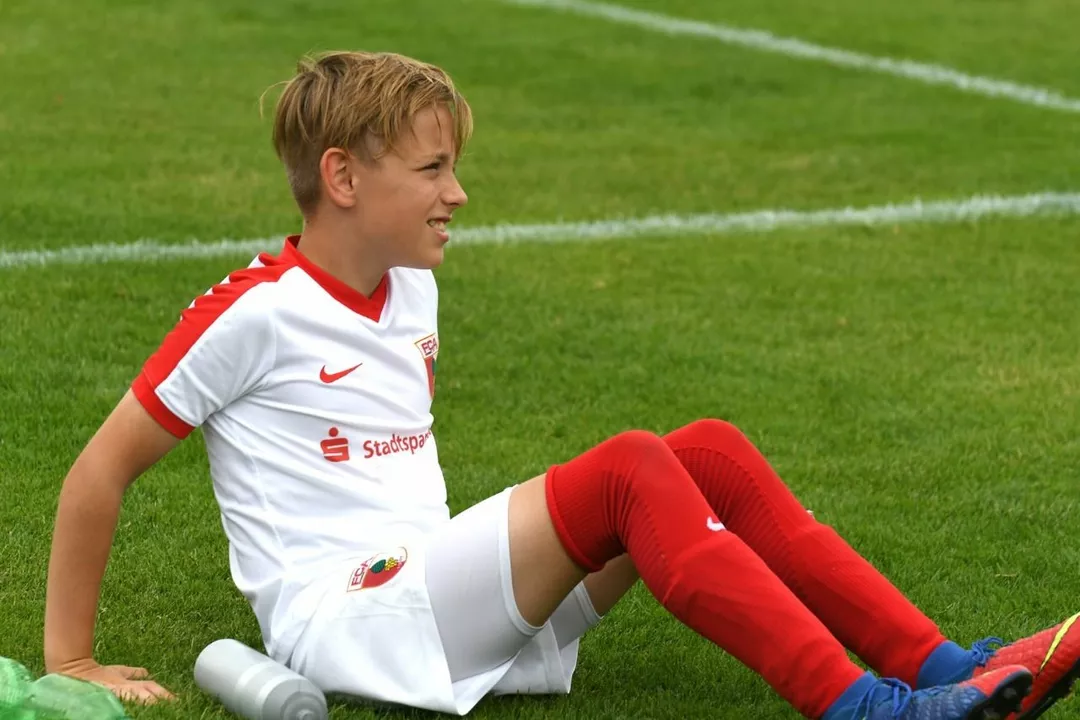Why Soccer Players Look Skinny – The Real Reason Behind Their Lean Physique
Ever wonder why most soccer stars seem to have a runner‑type build? It’s not a fashion choice – it’s the result of how they train, eat, and move on the pitch. Below, we break down the key factors that give them that slender look, and why it actually helps them win games.
Cardio‑Heavy Training makes the Difference
Soccer is a 90‑minute marathon of sprints, jogs, and quick bursts. Players hit an average of 10‑12 kilometers a match, with dozens of high‑intensity runs in the final 15 minutes. This constant aerobic load forces the body to stay lean. When you’re burning that many calories every game, the muscles adapt by shedding excess bulk that would slow you down.
Training sessions mirror match demands. Coaches schedule interval drills, shuttle runs, and small‑sided games that keep heart rates soaring. The goal isn’t to bulk up; it’s to improve stamina, speed, and recovery speed. That’s why you’ll see players doing ladder work, plyometrics, and endless laps rather than heavy weightlifting.
Targeted Nutrition Keeps Them Light
Nutrition is the other side of the coin. Most professional squads employ dietitians who craft meal plans focused on lean protein, complex carbs, and healthy fats. The aim is to fuel long‑lasting energy without adding unnecessary weight.
A typical day might start with oatmeal, berries, and a protein shake, followed by chicken, quinoa, and veg for lunch. Dinner often includes fish, sweet potatoes, and a salad. Snacks are usually nuts or Greek yogurt – low‑calorie, high‑nutrient options that keep glycogen stores topped up.
Hydration also plays a role. Proper fluid balance ensures muscles perform efficiently and recover faster, reducing the chance of water retention that can make a player look puffier.
It’s worth noting that “skinny” isn’t a one‑size label. Different positions demand different body types. Goalkeepers and central defenders often carry a bit more muscle to handle aerial duels and physical battles, while wingers and midfielders stay lighter for quick changes of direction.
Even within a single position, individual genetics matter. Some players naturally have a ectomorph build, meaning they stay thin even with high calorie intake. Others may bulk up slightly during off‑season training before trimming down for the competitive calendar.
So, is being skinny a disadvantage? Not at all. The lean frame supports faster footwork, better endurance, and quicker recovery after intense sprints. It also reduces the risk of injuries linked to excess weight, like ankle twists or knee strain.
If you’re an amateur player wanting that pro look, focus on cardio conditioning, balanced meals, and regular strength work that emphasizes functional power over size. Skip the heavy bench presses that add bulk and instead add core work, mobility drills, and interval training.
Bottom line: the “skinny” look you see on the field is a purposeful blend of high‑intensity training and disciplined eating. It’s not a fashion statement, it’s a performance strategy that lets players cover more ground, stay quick, and keep scoring goals.
In my latest blog post, I explored the common perception that every soccer player appears to be skinny. I found that their lean physiques are a result of intense cardiovascular training and strict diet plans, which help them maintain optimal performance levels. Additionally, soccer requires a great deal of stamina, agility, and speed, making a leaner body more advantageous. However, it's important to remember that not every soccer player is "skinny" - there is variation in body types across positions and individual athletes. Ultimately, a player's physical appearance is just one aspect of their skill set, and it's their talent and hard work that truly determine their success on the field.
